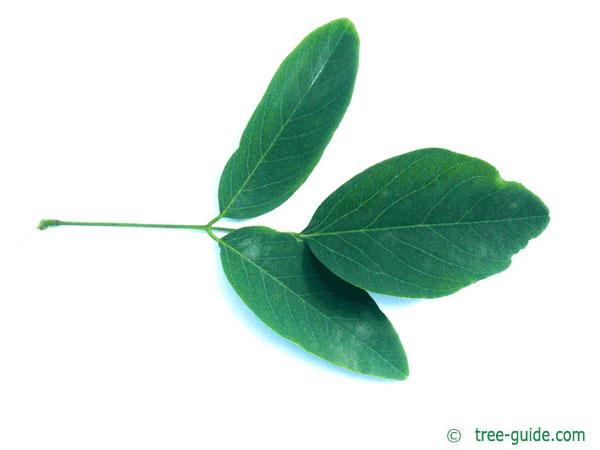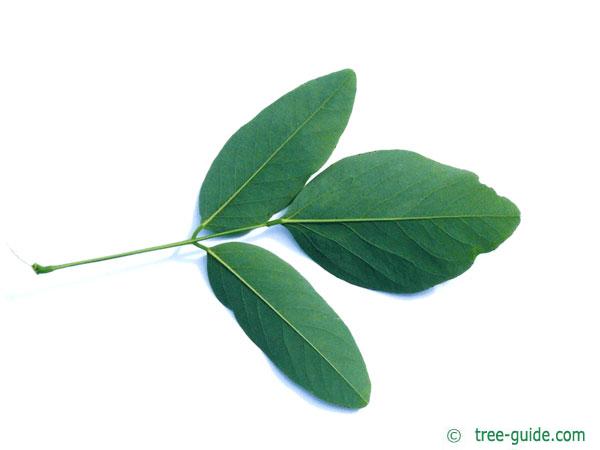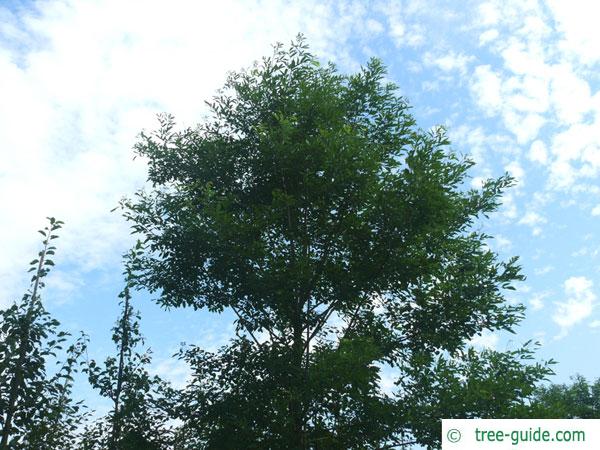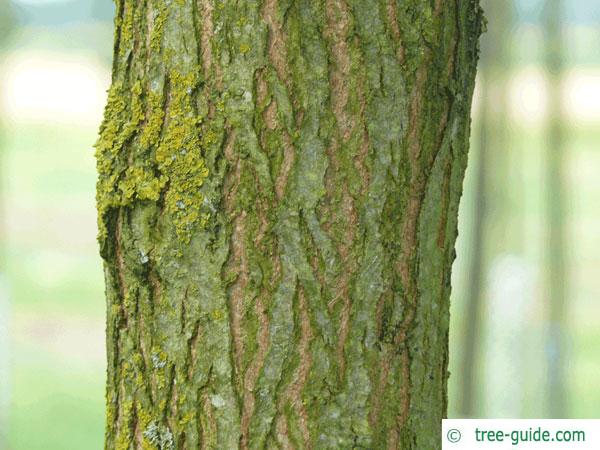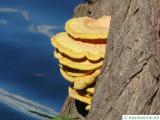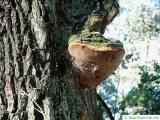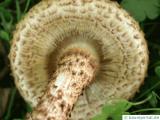Basisdaten
This medium-high black locust is often planted as a roadside green when the tree should not be very large.
The Straßenrobinie is a cultivated form of black locust. The black locust is native to North America now widely represented in Europe, North Africa and Asia. The locust can fix nitrogen in the soil and thus help to improve the soil.
Tree profile
The leaf is up to 20 cm (7.9 in) long, imparipinnate, usually with 3 or 5 leaflets.
The flowers are white, fragrant and form long racemes.
The two-shelled legume is brown. The fruits hang on the tree even in winter.
The branches are olive green to reddish-green, often with stripes, lenticels and thorny. The buds are barely visible.







